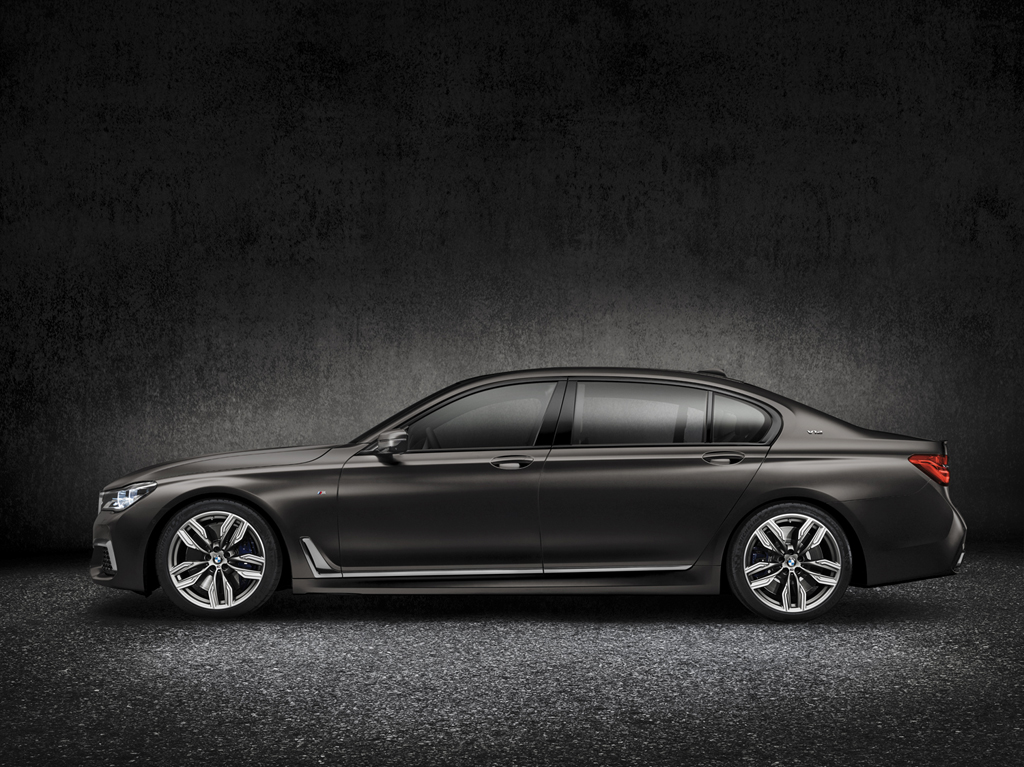Sedan sales are sliding, while crossover SUVs and trucks
are fast becoming kings of the road
By Jim Gorzelany
CTW Features
Here’s further proof that the new-vehicle market in undergoing a seismic shift in consumer preference these days.
Back in February, Fiat-Chrysler CEO Sergio Marchionne said the company would be phasing out the Dodge Dart compact and Chrysler 200 midsize sedans to enable additional production of the more popular and profitable Ram 1500 pickups and Jeep Cherokee SUVs.
Hyundai likewise announced it would be discontinuing its Azera near-luxury sedan to instead focus on producing additional crossover SUVs, including a new subcompact model. Cadillac President Johan de Nysschen revealed that the ELR plug-in electric coupe would not live to see a second generation, and reports suggest Toyota might soon cut one or more of its Prius hybrid cars from the line.
What’s more, with truck sales booming, both Hyundai and Mercedes-Benz are said to be developing their first-ever pickups for sale in the U.S., with Jeep readying a cargo-bed-equipped version of the Wrangler SUV to debut in a future model year.
On top of all this upheaval, Toyota recently announced the demise of its slow-selling Scion division, which was originally created in 2003 to sell quirky cars to younger buyers than its parent company could otherwise muster. The line’s best-known model was the original Scion xB, which looked like a little box on wheels, and indeed proved to possess a certain eccentric appeal.
The automaker says it will fold Scion’s current offerings, the aforementioned iM, the Mazda-supplied iA subcompact sedan, and the FR-S sports car built in conjunction with Subaru, beginning this August. A coming C-HR small crossover will also be sold as a Toyota. Given the tenor of the times, it’s likely one or more of the former Scion passenger car-models could subsequently be phased out.
Times have indeed been tough on small cars, and while some of the growing consumer indifference can be blamed on falling fuel costs, we suspect it’s part of a much larger upheaval in the auto business that’s been fomenting for the better part of a decade.
Car shoppers are eschewing sedans of all stripes these days in favor of crossover SUVs, especially the recent spate of compact and subcompact models. Wrapped in a more rugged-looking exterior styling, they deliver added interior room and cargo space, give drivers a more commanding view of the road and allow easier access (given their upright designs) than small cars.
Ironically, Scion was perhaps a bit too early to the party with its original xB, which was embraced, as it turned out, by surprising number of older motorists who found its tall roofline, low step-in height and rectangular doors made access far easier than the big sedans they traded in. While the redesigned xB that debuted for 2008 was larger and less wacky-looking than its predecessor, it remained a roomy and practical alternative to a small sedan.
Unfortunately, Scion discontinued the xB last year at a time when other automakers — including Honda and Mazda — were stepping up to the plate with subcompact crossovers that hit the sweet spot of the market at exactly the right time.
In a sense, new-vehicle design is coming full circle. In the years before World War II, sedans were typically tall-roofed and boxy, evolving in form and function from Henry Ford’s Model T. Then the design language of the 1950s and ’60s took hold and borrowed design elements from fighter jets and rocket ships in a progression of increasingly “longer, lower, and wider” cars.
It might be a bit early to begin writing the sedan’s obituary — Toyota after all still managed to sell over 850,000 Corollas, Camrys and Avalons in 2015 — but the genre’s glory days could well be over.
“The market shift from cars to trucks and SUVs [is] now seen as a permanent shift in demand,” Marchionne says.
© CTW Features

